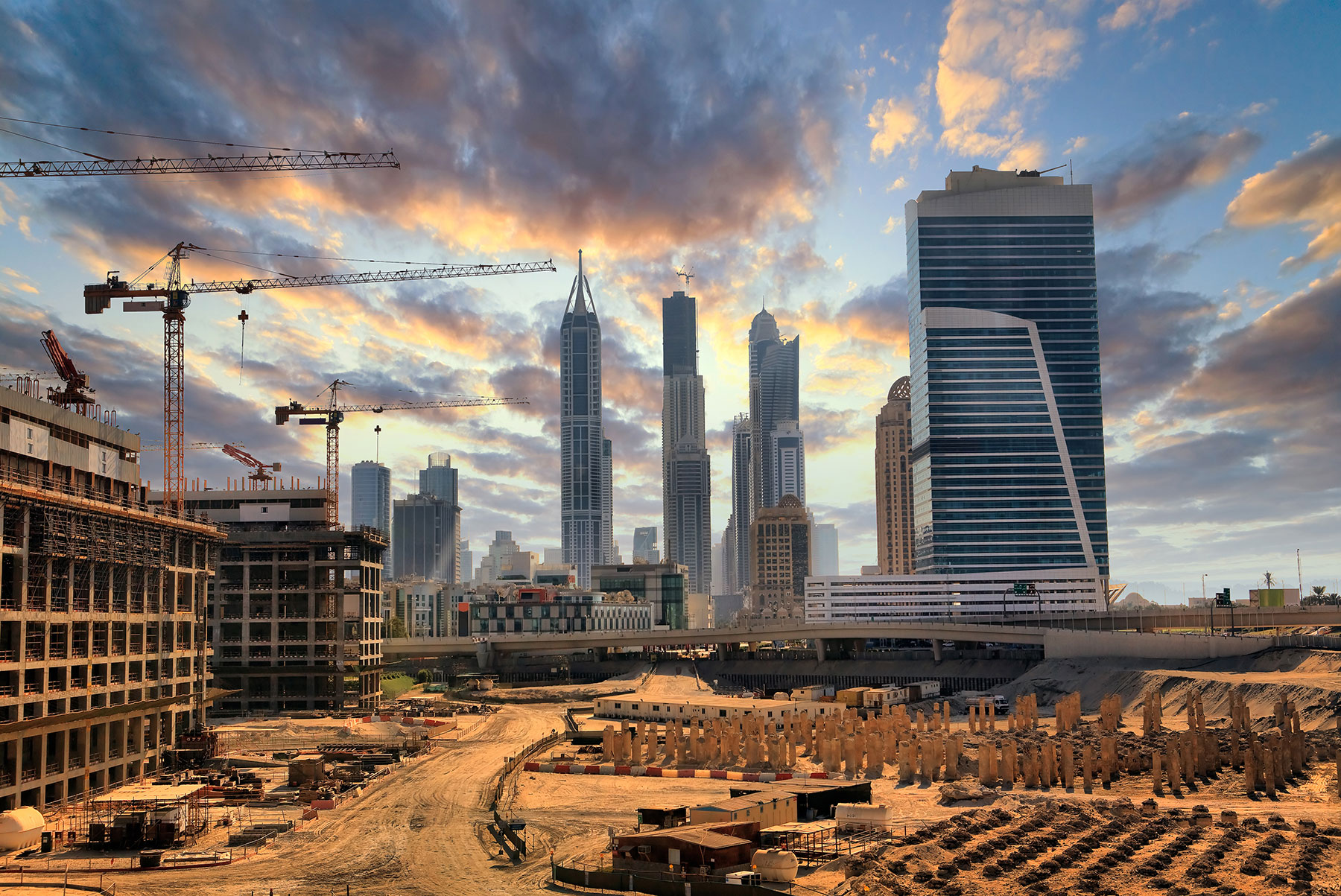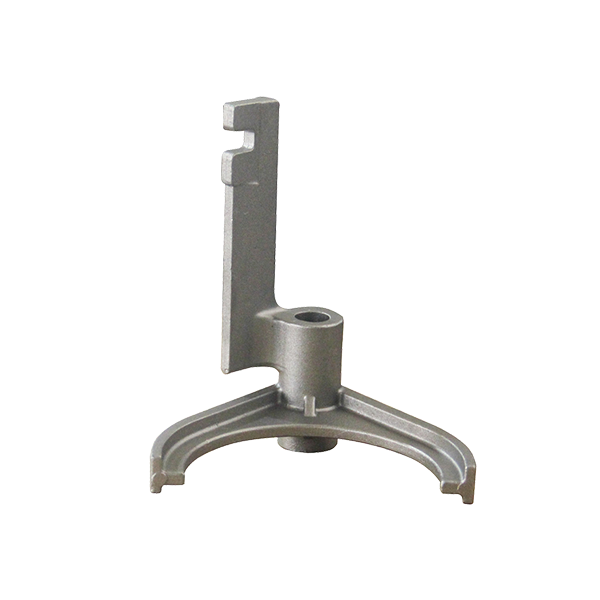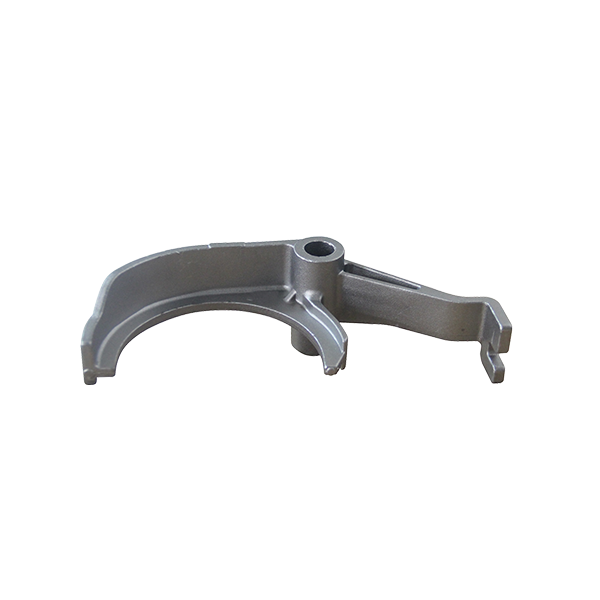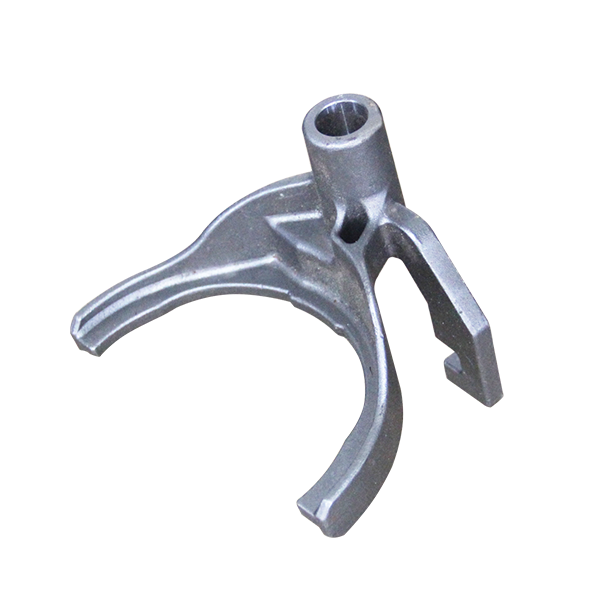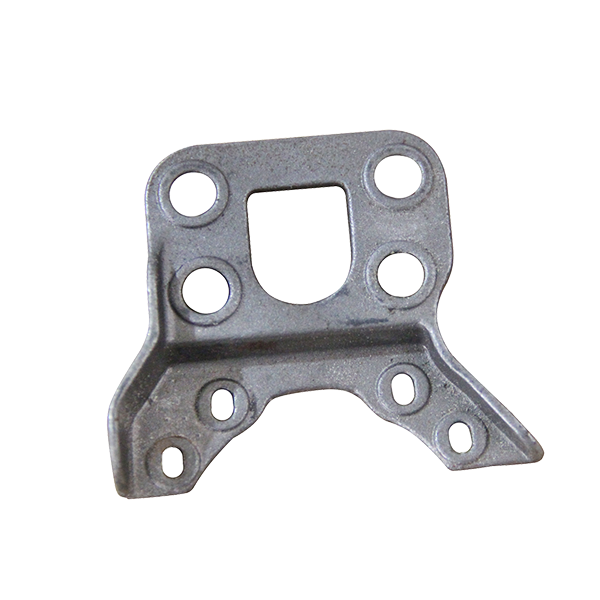Process and casting of investment casting
The main processes and processes in shell making of investment casting are as follows:
1) module degreasing and degreasing
In the case of wax-based moulds, in order to improve the ability of the coating to moisten the surface of the module, oil needs to be removed from the surface of the module.
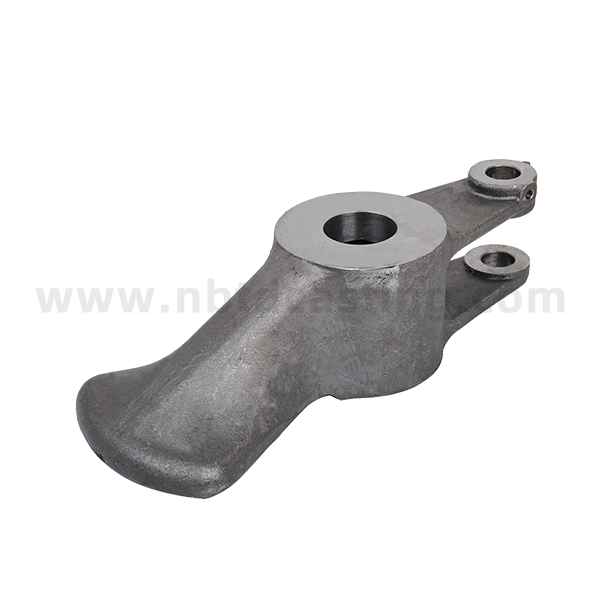
2) coat and polish the module
Before coating coating, coating should mix equably, the precipitation of refractory material in coating bucket should reduce as far as possible, the viscosity of coating or specific gravity should adjust investment casting process
The coating can be well filled and wetted in the investment mold.When the paint is suspended, the module is immersed in the paint, and the left and right sides are shaken so that the paint can moisten the mold well and cover the surface of the module evenly.After painting, you can polish it.
3) shell drying and hardening
After coating each shell, it is dried and hardened so that the adhesive in the coating changes from sol to gel and gel, and the refractory is joined together.
4) investment loss of self-shell
After the shell is fully hardened, the module needs to melt from the shell.The process is also known as dewaxing because modules are usually made of wax-based moulding materials.Depending on the heating method, there are many dewaxing methods and more use of hot water method and the same pressure steam method.
5) baked shell
If mold (sand filling) is required, bury the mold after demoulding in the sand in the box and calcine it before baking.If the shell has high temperature strength and no casting is required, the demodulated shell may be sent directly into the furnace for baking.When roasting, the furnace temperature increases gradually and the shell is heated to 800-1000℃ for a period of time for casting.
The commonly used casting methods in investment casting include:
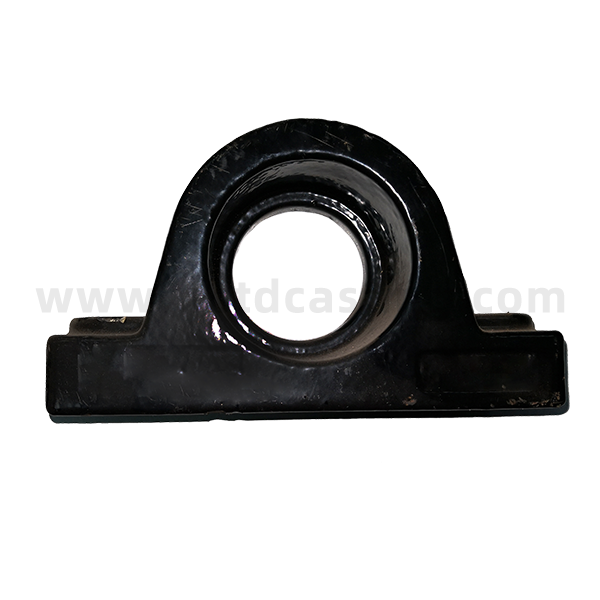 1) there are several types of hot gravity casting methods.
1) there are several types of hot gravity casting methods.
This is the most widely used form of casting in which the shell is dumped at high temperatures after being removed from the oven.At this point, the metal is slowly cooled in the shell, allowing the mold to be filled with high fluidity so that the casting can reproduce the shape of the cavity and improve the accuracy of the casting.However, slow cooling in hot castings leads to grain roughness, which reduces the mechanical properties of the castings.When casting carbon steel castings, the surface of slower castings is also prone to oxidation and decarburization, thus reducing the surface hardness, finish and dimensional accuracy of the castings.
2) vacuum suction casting
The shell is placed in the vacuum casting box, and the gas inside the cavity is inhaled through the holes in the shell, so that the liquid metal can better fill the cavity, reproduce the shape of the cavity, and improve the casting accuracy.To prevent pores and leaks.Deficiency.The law has been applied abroad.
3) crystallize under pressure
Dump the shell in a pressure tank.Upon completion, close the pressure tank immediately and introduce high pressure air or inert gas into the tank to solidify the casting under pressure to increase the density of the casting.The maximum pressure abroad has reached 150atm.
4) directional crystallization (directional solidification)
Some investment castings, such as turbine blades, magnetic steel, etc., can greatly improve their performance if their crystal structure is columnar crystals arranged in a certain direction. Therefore, the directional crystallization technology of investment casting is developing rapidly.



